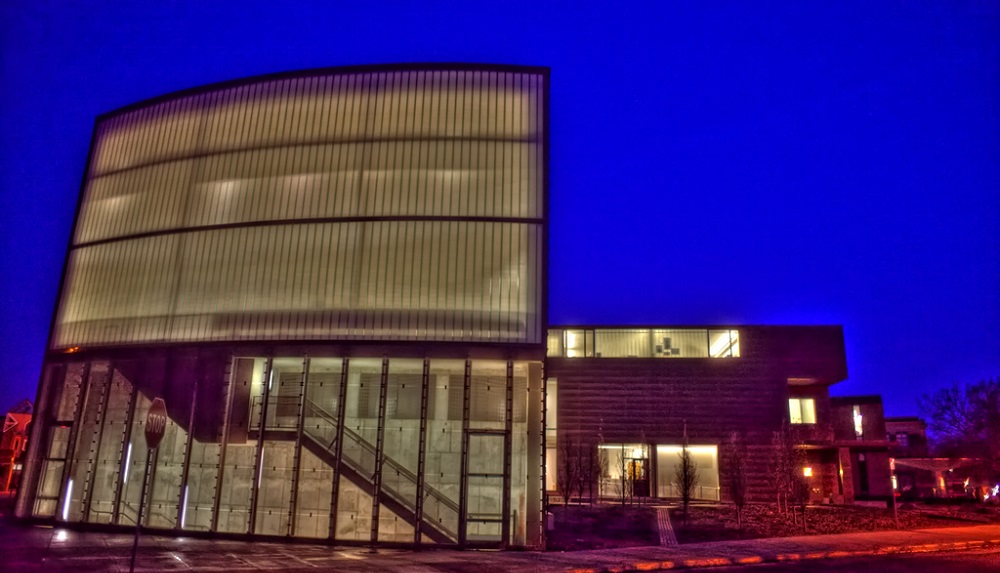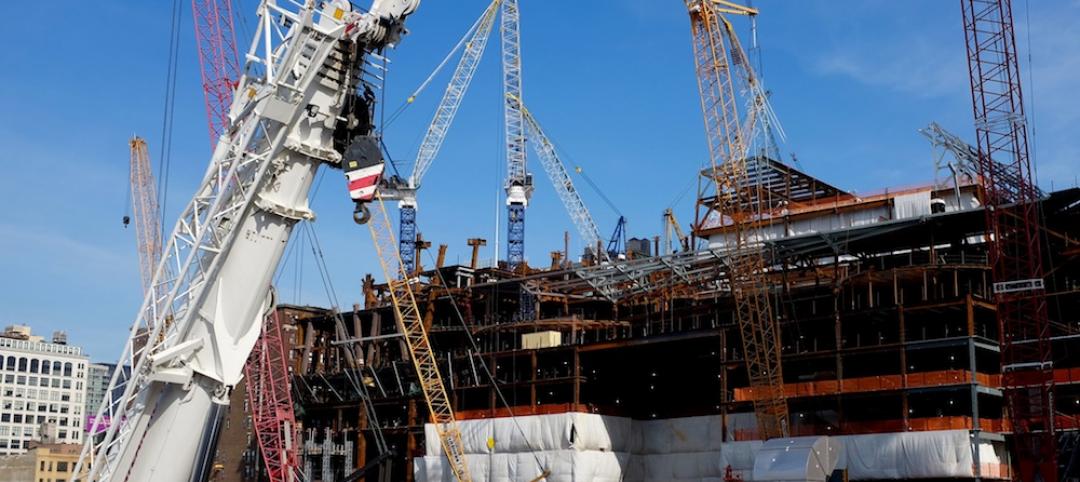The Minneapolis offices of HGA Architects and Engineers (HGA) and Perkins+Will have been approved as partners with the University of Minnesota College of Design in the Upper Midwest hub of the National Resilience Initiative (NRI) network.
Established in 2013 by the Clinton Global Initiative, the NRI network was created to help local communities prepare for the impacts of natural disasters and climate change. The American Institute of Architects Foundation, along with the AIA and the Association of Collegiate Schools of Architecture, made this announcement.
The hub will be housed within the Center for Sustainable Building Research (CSBR), part of the College of Design at the University of Minnesota.
“In the coming decades, the ability to help cities and towns address and prepare for climate change will be of paramount importance, in order to ensure the resilience and sustainability of our communities,” Tim Carl, FAIA, Chief Executive Officer, HGA, said in a statement.
HGA has a history of projects that focus on resiliency, sustainability and community engagement and is researching and implementing resilient design strategies around external risks--climate change, security risk, infrastructure disruptions, and natural disaster--that have the potential to interfere with delivery of critical services.
Dave Dimond, FAIA, Director of Design for the Minneapolis office of Perkins+Will, said his firm is eager to partner with HGA and the College of Design.
“Time is of the essence for resilience thinking to move into the mainstream of building and community design,” he said in a statement.
Perkins+Will has worked with the College of Design on interdisciplinary research and new practices that address resilience and sustainable community design. The firm led the research and development of the new global metric on resilience known as RELi. The RELi Action List & Credit Catalog is used for systematic thinking in the design of communities as they respond to weather extremes, economic disruption and resource depletion.
The Upper Midwest hub includes the School of Architecture and Department of Landscape Architecture in partnership with the Center for Changing Landscapes, the Institute on the Environment, and the Resilient Communities Project in the Center for Urban and Regional Affairs. Design Intelligence, in its 2016 America's Best Architecture & Design Schools survey, ranked the sustainable design program in the College of Design’s School of Architecture #5 in the nation.
The national NRI network consists of six university-based design centers located at the University of Minnesota, California Polytechnic State University, Hampton University, Mississippi State, The University of Arkansas, and the New Jersey Institute of Technology.
Related Stories
Sustainability | Mar 17, 2016
New York City releases Design and Construction Excellence 2.0 Guiding Principles
Addresses sustainability, resiliency, healthy living.
Resiliency | Feb 22, 2016
Legal challenge filed over N.J.’s new coastal management regulations
Groups argue rules make it easier to build in flood-prone areas.
Resiliency | Feb 16, 2016
Obama establishes federal earthquake risk management standard
The standard requires federal agencies to use earthquake-resistant design provisions in current building codes.
Resiliency | Feb 2, 2016
New York City’s post-Hurricane Sandy resiliency efforts hailed as exemplar
Lessons learned can help urban areas cope with climate change impacts.
Resiliency | Jan 29, 2016
Section of New Orleans will try new approach to flood control
The city will turn to a retain and control storm water strategy.
Resiliency | Jan 13, 2016
LEED credits on resiliency expected to influence future of building design
Post-disaster survivability is a key goal.
Resiliency | Dec 7, 2015
New earthquake rating system released by the U.S. Resiliency Council
Intended for building owners and leasing, finance, and insurance industry.















